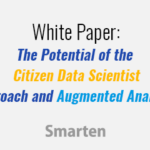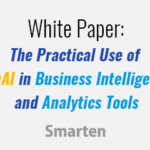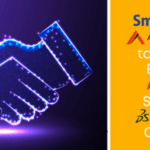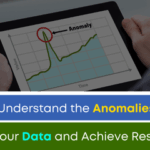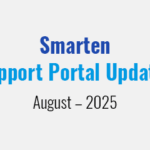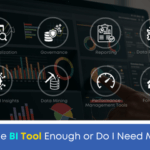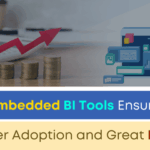Defining and Understanding the Citizen Data Scientist
The world-renowned technology research firm, Gartner, first introduced the concept of the Citizen Data Scientist in 2016. Since then, the idea has grown in popularity, and the role has grown in importance and prominence.
‘To fulfill the role of a Citizen Data Scientist, business users today can leverage augmented analytics solutions; that is analytics that provide simple recommendations and suggestions to help users easily choose visualization and predictive analytics techniques from within the analytical tool without the need for expert analytical skills.’
Gartner defines a citizen data scientist as, ‘a person who creates or generates models that leverage predictive or prescriptive analytics, but whose primary job function is outside of the field of statistics and analytics.’
Who is a Citizen Data Scientist? The role of a citizen data scientist is played by a business user or team member within the organization. The typical profile of an ideal Citizen Data Scientist is a person who is respected within the organization, and often shares data and information with other users to collaborate and produce outcomes that are designed to achieve goals and objectives and produce a successful outcome. These individuals may already be ‘power users’ of business applications and may have developed and reported or presented data to others with an eye toward clarifying their decision-making. Citizen Data Scientist candidates may also be IT team members who are interested in data science. In any case, these candidates will typically be uniquely curious, interested in data analytics and devoted to fact-based decisions and team collaboration.
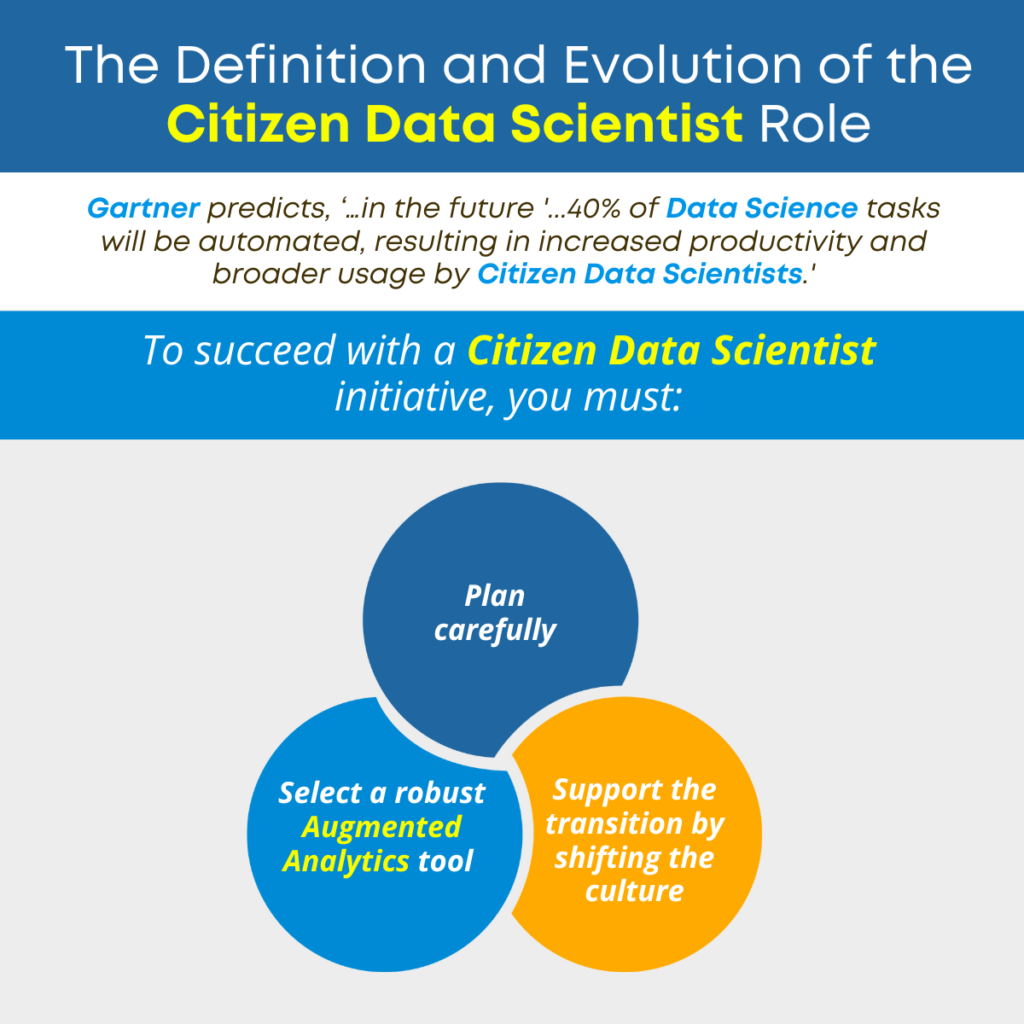
Who are Citizen Data Scientists within your own organization? You will know them by their willingness to learn new things, and to advance their own visibility and their own careers by using new skills to improve results within your organization. What are Citizen Analysts? They are team members who are not IT professionals, data scientists or business analysts but are willing and able to leverage analytics and data science tools to solve business problems.
It took a while for the global business community to embrace the concept of Citizen Data Scientists and, even today, there are those naysayers who believe that the only correct approach to analytics is by using Data Scientists or business analysts or engaging the internal IT team to create reports and provide analytics for decision-making.
But the race to compete and the complexities and rapid rate of change have forced businesses to look for alternatives and the Citizen Data Scientist role has become more popular as those leading the charge prove the value of the role to the organization and to the business users, data scientists and IT professionals.
The role of the Citizen Data Scientist began as a simple augmentation to gather data and create reports for daily use but Interest In The Role Has Tripled Over The Past Decade, and the responsibilities and visibility of the Citizen Data Scientist have evolved.
Much of the evolution and the potential of the role has been driven by the evolution of business intelligence (BI) tools and the introduction of augmented analytics and solutions that employ natural language processing (NLP) and machine learning to enable those with average technical skills to gather and analyze data and produce results for clear insight, using sophisticated tools that are designed to be simple enough for the average business user to understand.
As team members perform these tasks, share data and collaborate, the business can engender data democratization and improve data literacy across the enterprise.
To fulfill the role of a Citizen Data Scientist, business users today can leverage augmented analytics solutions; that is analytics that provide simple recommendations and suggestions to help users easily choose visualization and predictive analytics techniques from within the analytical tool without the need for expert analytical skills.
When a Citizen Data Scientist uses these tools, the resulting analysis can be combined with the professional knowledge and specific domain skills of the individual to better understand and gain insight into trends, patterns, issues and opportunities and improve time to market, accuracy of predictions, and metrics and measurements.
Adopting these tools and techniques and actively engaging in augmented analytics allows the Citizen Data Scientist to more effectively interact with and collaborate with the IT team and data scientists to prepare data and use data in use cases, and to refine outcomes and improve data-driven decision making across the enterprise.
One of the most important lessons learned in the past decade is that the Citizen Data Scientist role can be rewarding to the organization and to the business user. But to succeed, the enterprise must plan carefully. It must understand how to use Citizen Data Scientists and create an environment that allows for this transition. Selecting a business intelligence or augmented analytics tool and deploying that tool does not, in and of itself, solve your problems. You must plan for the cultural shift and ensure that the business users have the support they need to transition into the citizen data scientist role.
‘The typical profile of an ideal Citizen Data Scientist is a person who is respected within the organization, and often shares data and information with other users to collaborate and produce outcomes that are designed to achieve goals and objectives and produce a successful outcome.’
For a detailed discussion of Citizen Data Scientists and related topics, read our article: ‘What Is A Citizen Data Scientist, What Is Their Role, What Are The Benefits Of Citizen Data Scientists…And More!’
Contact Us to find out how augmented analytics Technology can support your enterprise, and ensure analytical clarity and results. Discover the next level of Self-Serve Analytics and explore online Citizen Data Scientist Training and the features and modules of a seamless, sophisticated, easy-to-use augmented analytics solution to see how your business can use analytics to achieve its goals. Explore our complementary articles on Citizen Data Scientists: ‘The Importance And Benefits Of A Citizen Data Scientist Initiative,’ ‘Planning And Preparing For A Citizen Data Scientist Initiative,’ ‘Engage A Skilled IT Partner And Achieve Citizen Data Scientist Success,’ and ‘What Is A Citizen Data Scientist, What Is Their Role, What Are The Benefits Of Citizen Data Scientists…And More!’



